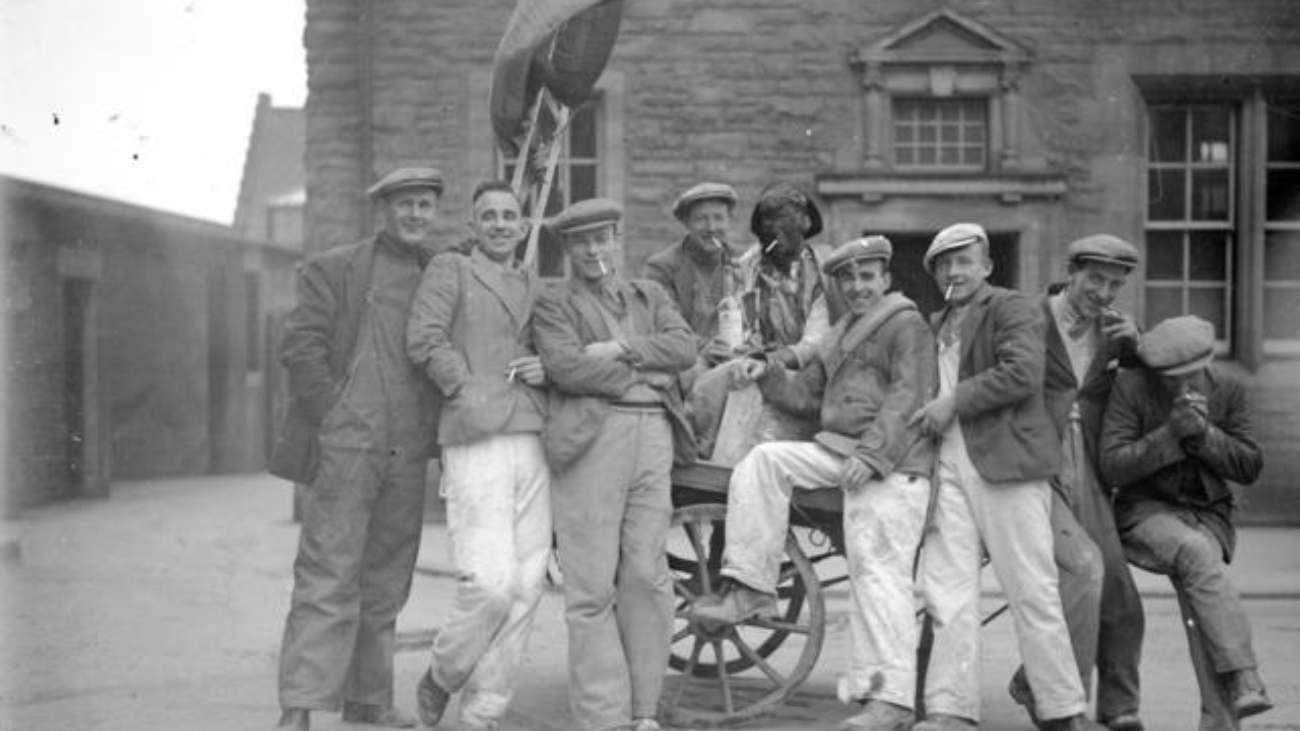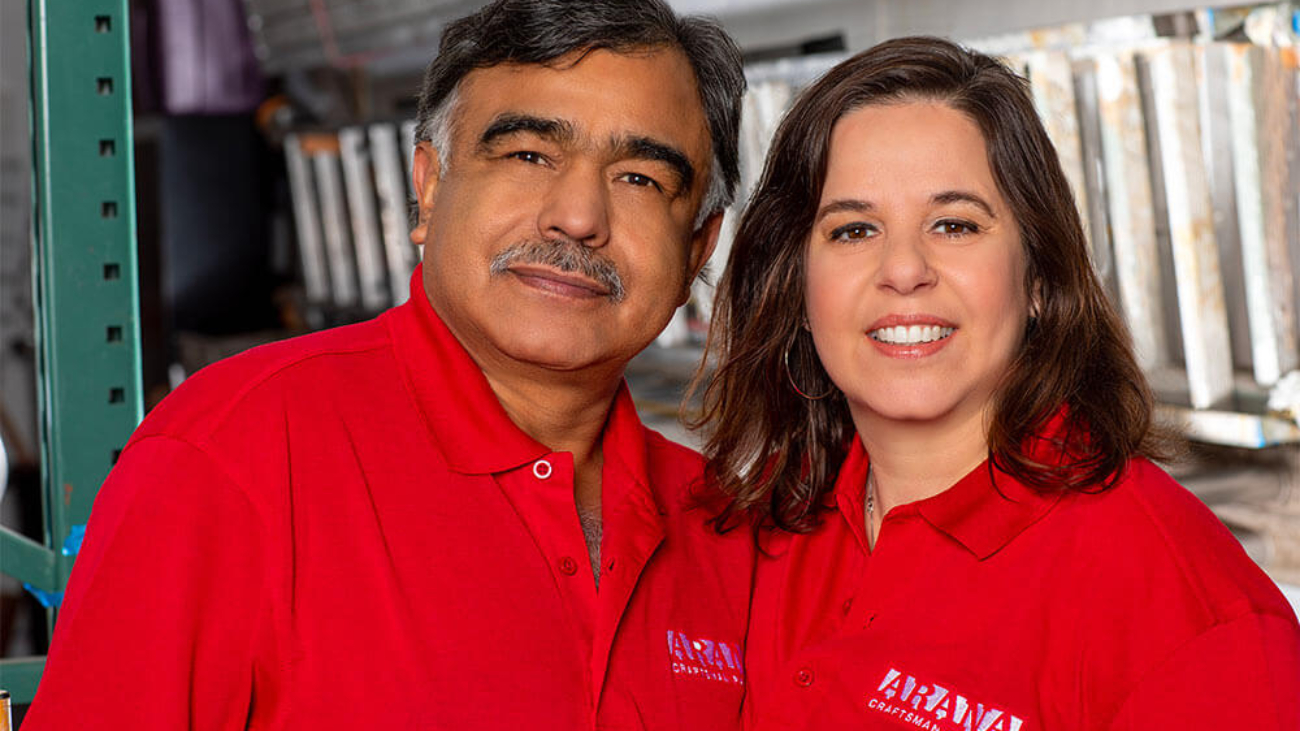Paint is elemental. It is, in essence, a creamy blend of many of the earth’s elements: minerals, resins, oils, clays. Yes, paint can be and historically has been manufactured with heavy chemicals and toxic compounds, such as lead. But, fortunately, there is now paint on the market that is made in a manner that is truly non-toxic!
The fact is, we cannot live without paint. It’s like skin. No building could really stand for any duration without it.
In the early training of our painters, we teach them about the ingredients of paint on every product we use, and we require that they read the technical datasheets, as well as the manufacturers’ instructions. You might think that paint is a benign liquid that comes in a can and can be simply slapped on, but it’s not that simple.
I love this description of paint by the National Park Service in their “Preservation Brief 28: Painting Historic Interiors” document. It speaks to the amateur engineer in me, as well as the crunchy woo-woo type who loves crystals (also me):

“Paint is a dispersion of small solid particles, usually crystalline, in a liquid medium. Applied to a surface, this liquid has the special quality of becoming a solid, protective film when it dries. Paint also enhances the appearance of surfaces. A late Victorian writer observed that the coming of a painter to a house was cause for celebration. Indeed, these statements not only indicate the chemical and physical complexity of paint, but also its emotional impact.”
The Park Service document goes on to say, “Until the mid-20th century, almost all paints used in America could be divided according to the type of binder each had. Chemists sought to improve paints, especially when the two World Wars made traditional paint components scarce and expensive. Modern paints are far more complex chemically and physically than early paints. More ingredients have been added to the simple three-part system of pigment, binder, and vehicle.
Fillers or extenders such as clay and chalk were put in to make oil paints flow better and to make them cheaper as well. Mildewcides and fungicides were prevalent and popular until their environmental hazards were seen to outweigh their benefits. New formulations which retard the growth of the mildew and fungi are being used. As noted, lead was eliminated after 1950. Most recently, volatile organic solvents in oil paint and thinners have been categorized as environmentally hazardous.”
Did you know that painters used to be called “Mechanics”? Or at least, that is something I read somewhere once, and our Project Superintendent Steve Rubenstein and I like to say, Mechanic as a title for painter really speaks to us: This idea that painting is an art and a science, that it requires specialized tools and knowledge, and that trade knowledge is far more vast than what is portrayed on the fast-forwarded frames of HGTV.
vintage paint ad
Historically, the use of paint as protection and decoration has been recorded all the way back to the first century! Like many great innovations in the development of civilization and science, the first place on record where paint was used to decorate and protect building structures was in China: Ancient craftsmen applied hand-ground pigments, such as ochre, to wet plastered interior walls.
A structure cannot maintain integrity without paint. And a surface must be prepared, and paint properly applied, for the overall job to last for the long term.
This is something I would love for both laypeople and contractors to understand. Often, painters are regarded as providing decoration, less important than builders, plumbers, electricians, etc., and not appreciated for the highly detailed, mechanical, methodical process it is. Paint is integral to a project, and not just because it makes things pretty (although we certainly love making things pretty, too).
I am so passionate about the craft of painting because it really is an art and a science. If I talk about how proud I am of our processes, and our team, I’ll sound like I’m bragging. Maybe I am! I feel very strongly that hiring a skilled craftsperson, or a team of skilled craftspeople, is important because what we do, what we know, can make the difference in not only how a project looks, but also the longevity of it. Everything I do in my life has to align with my personal values.
Thus, running a company that has the mission of painting buildings well to beautify and protect them, which then helps maintain and support communities, and the people who live within them, while also giving good-paying jobs to skilled craftspeople that helps them support themselves and their families, while also being conscious of both using and protecting the gifts of our earth’s resources — that’s me, and Arana, in a nutshell.


